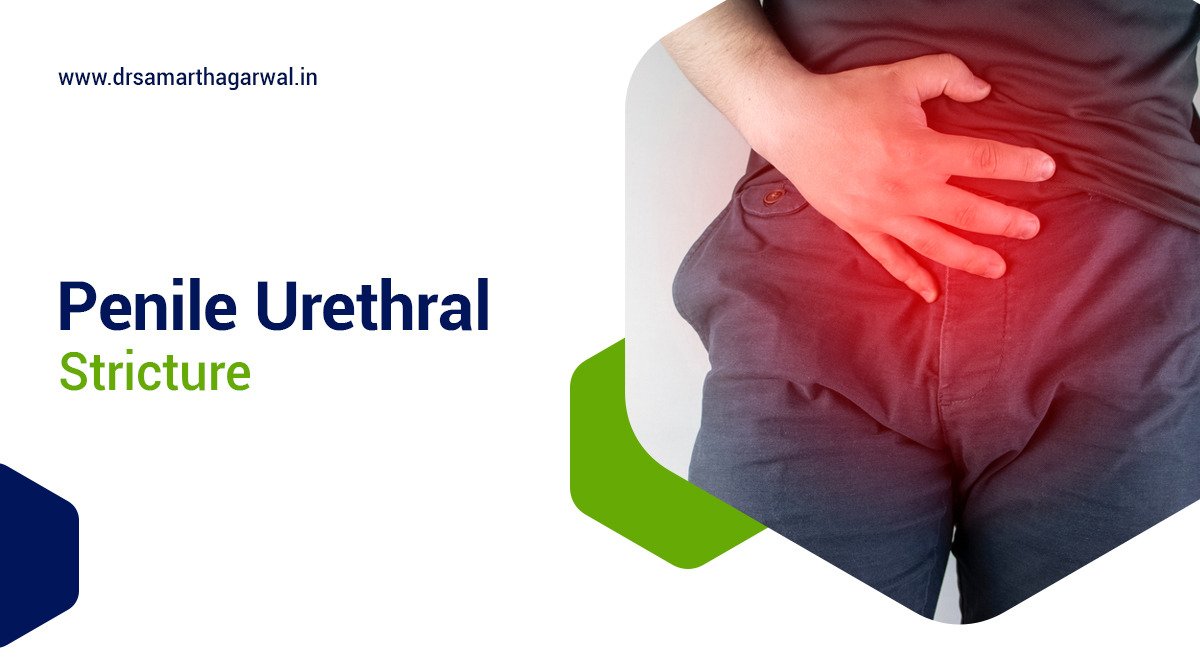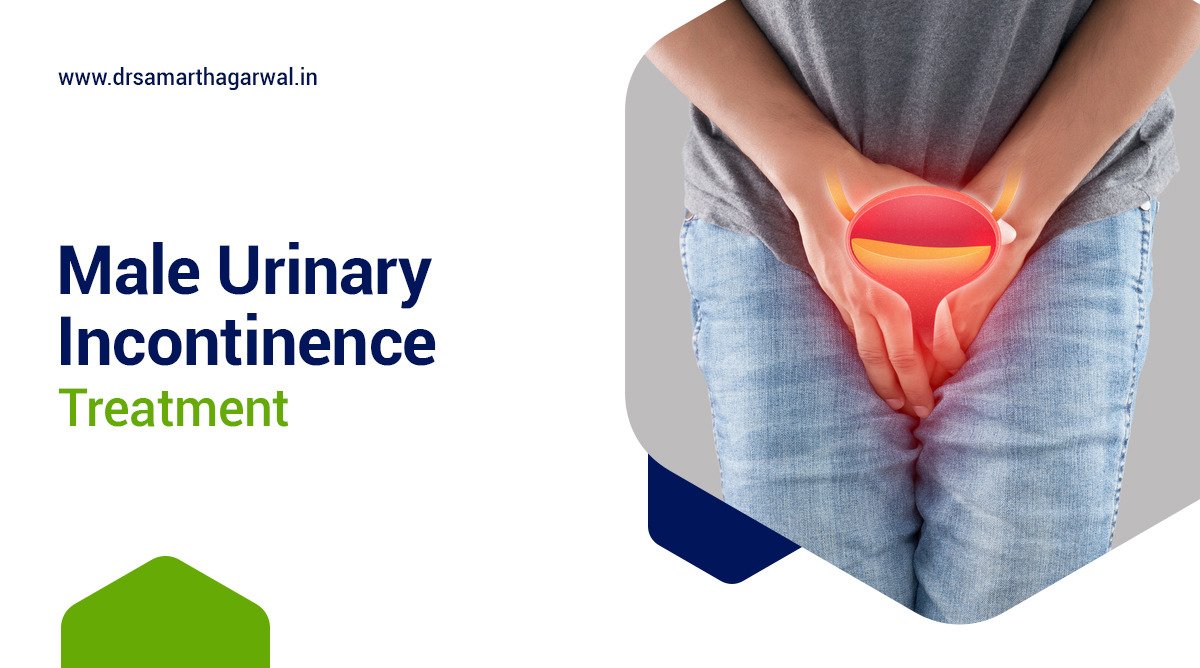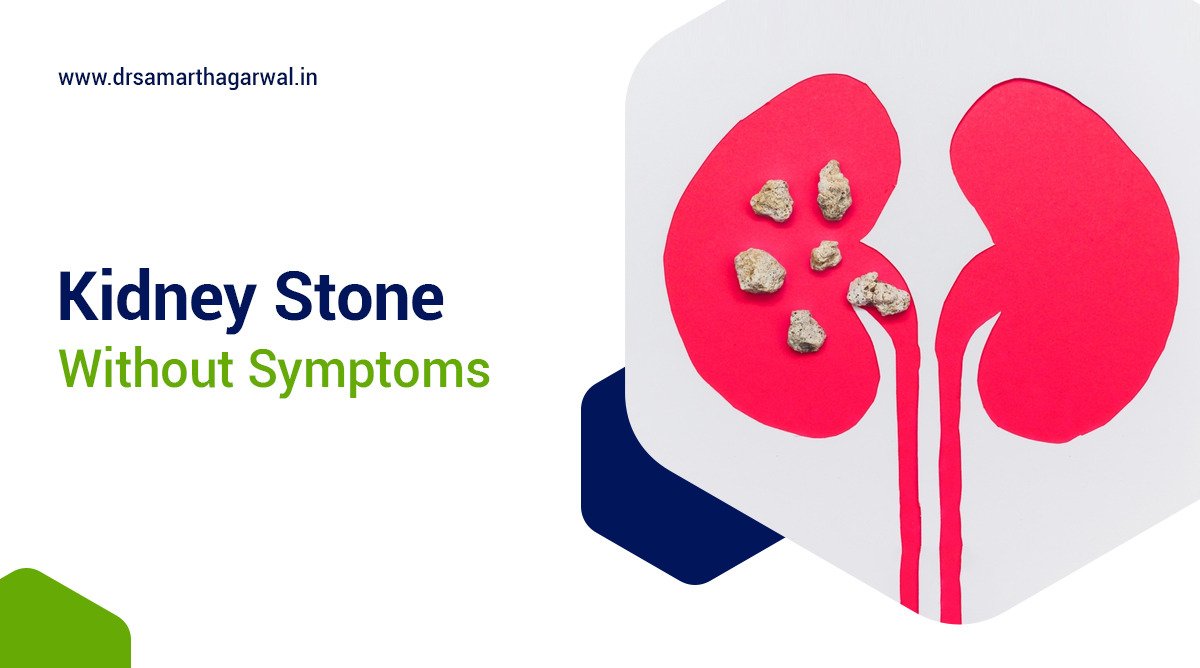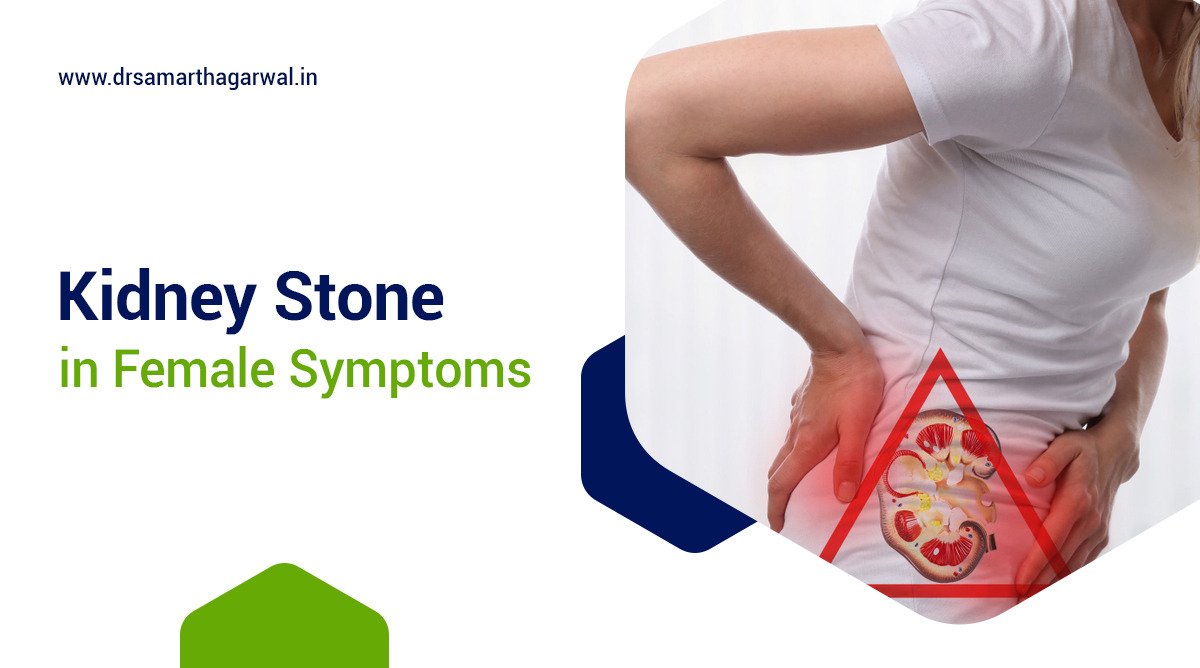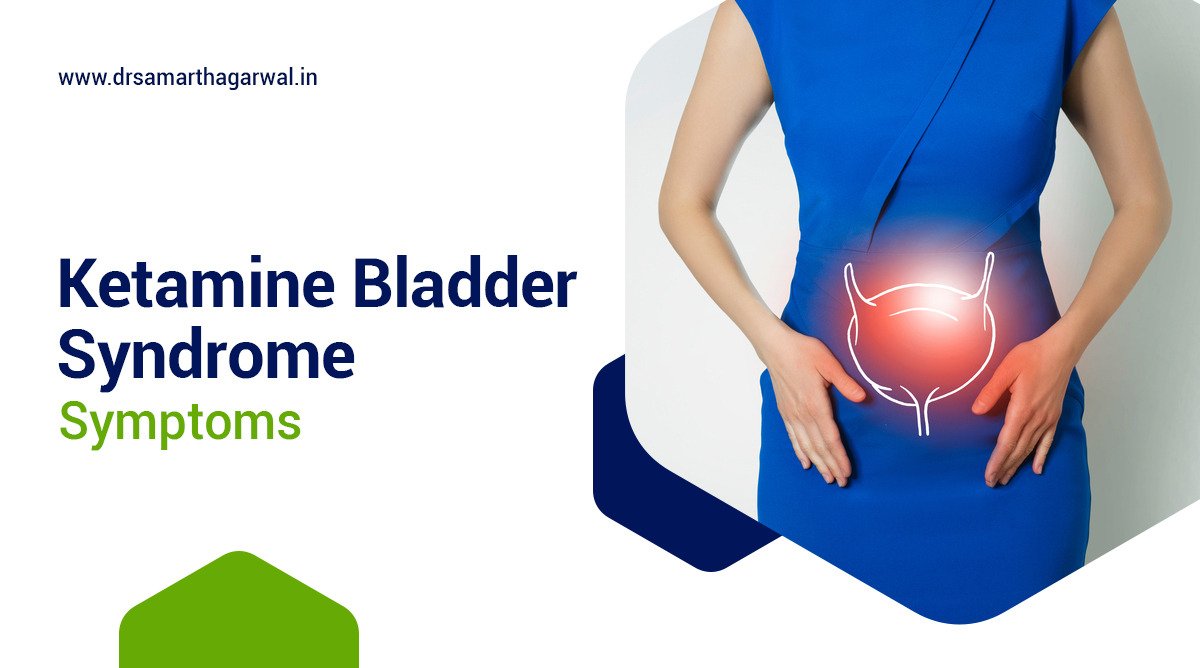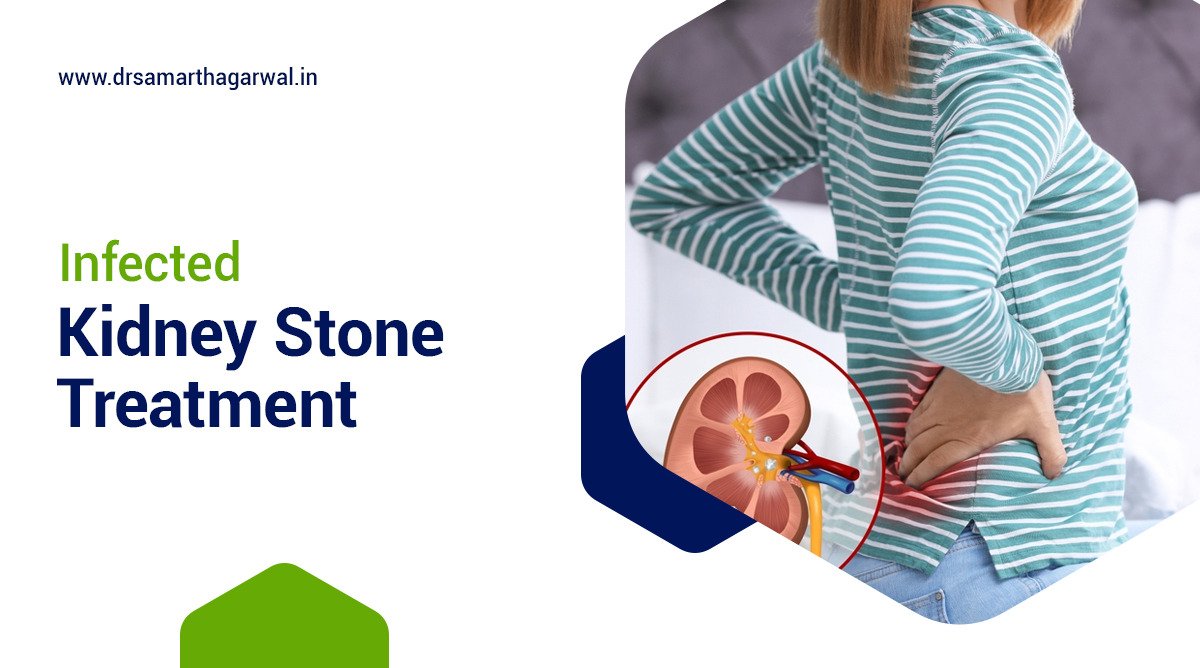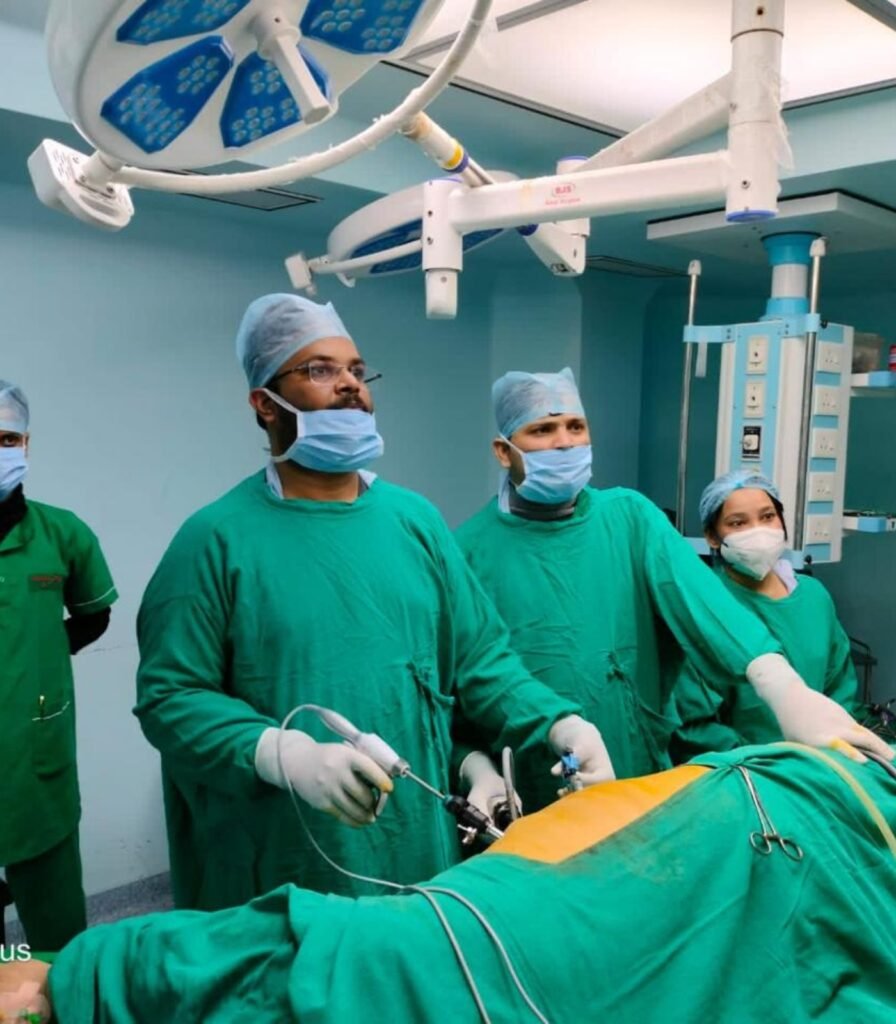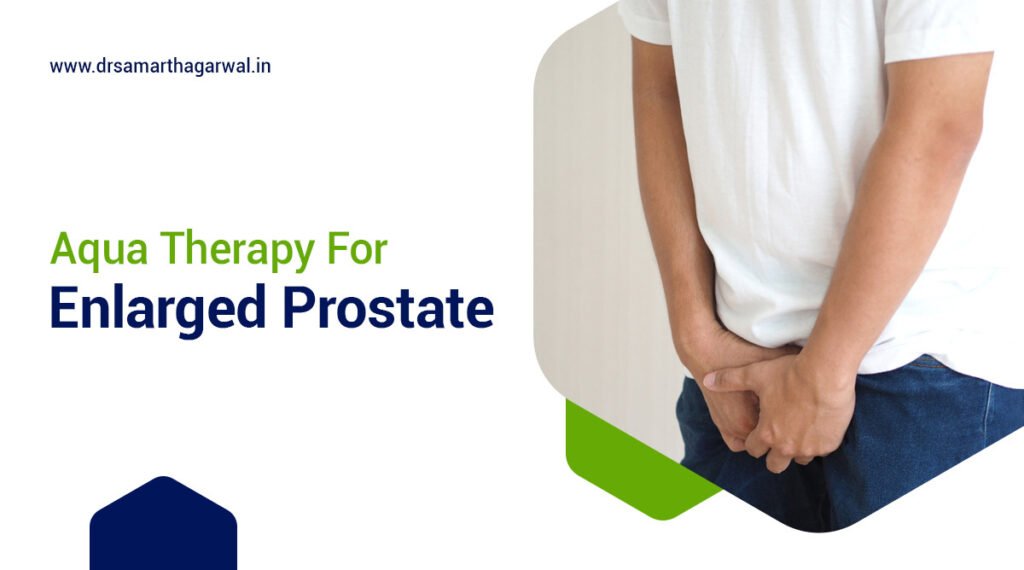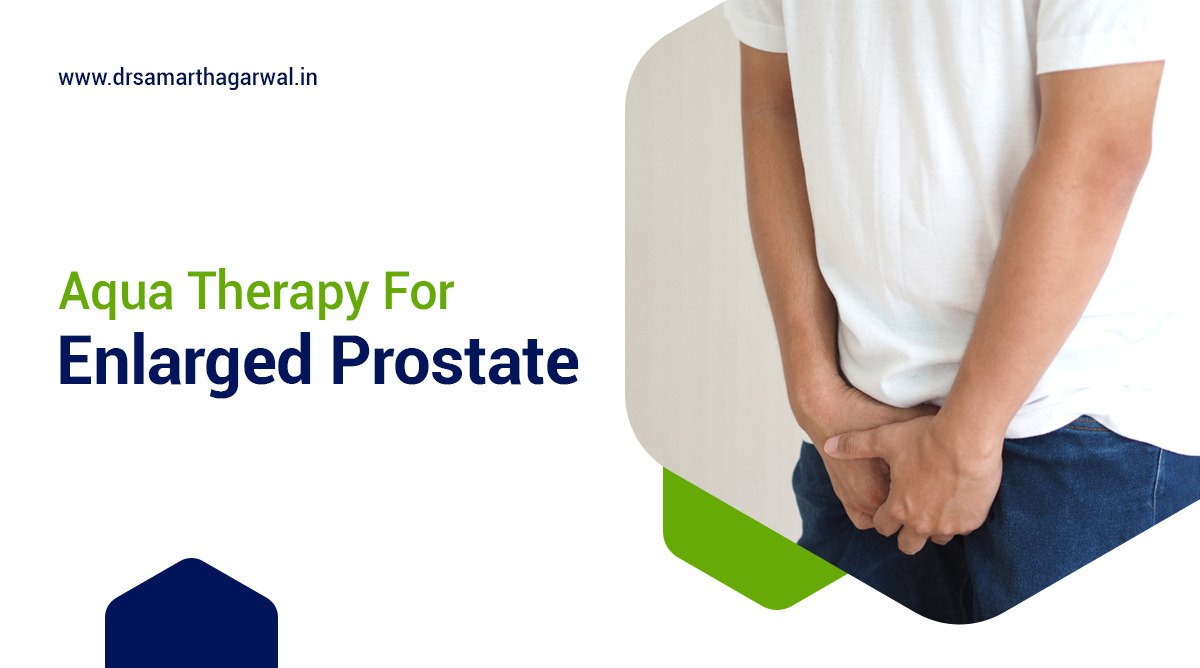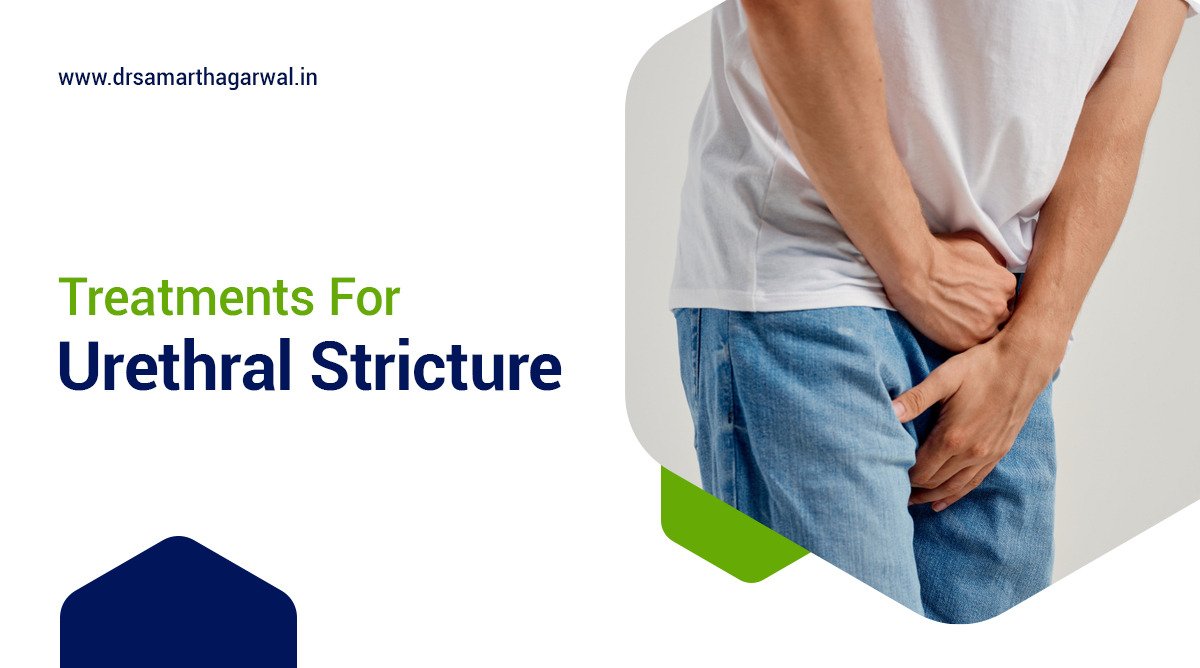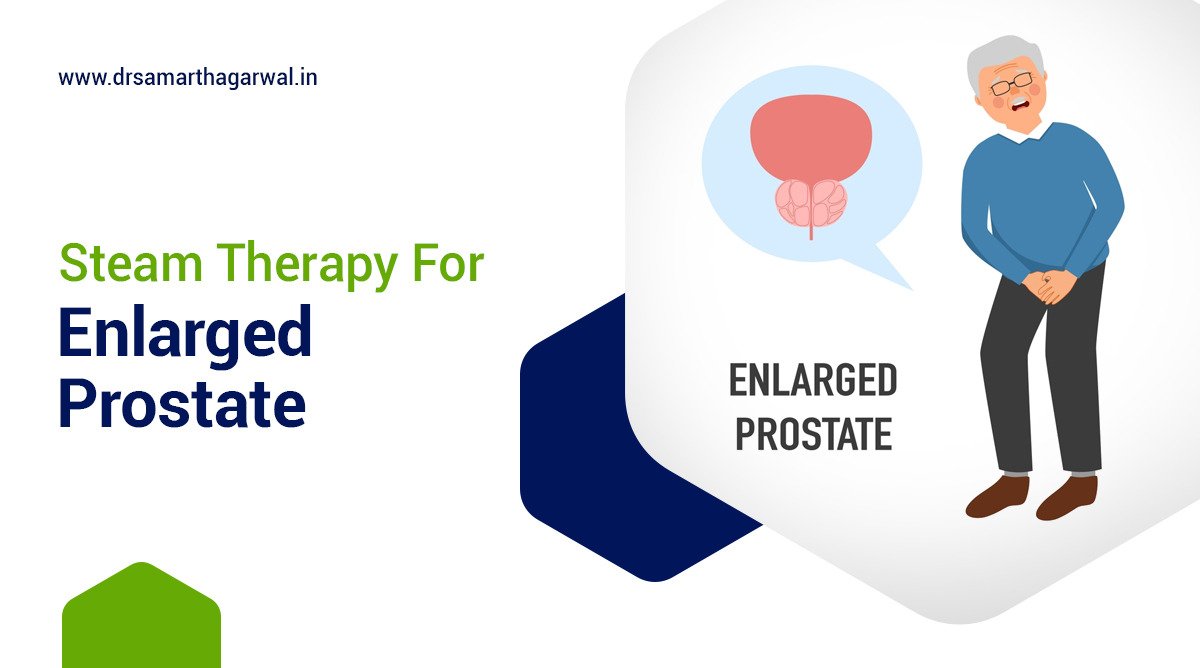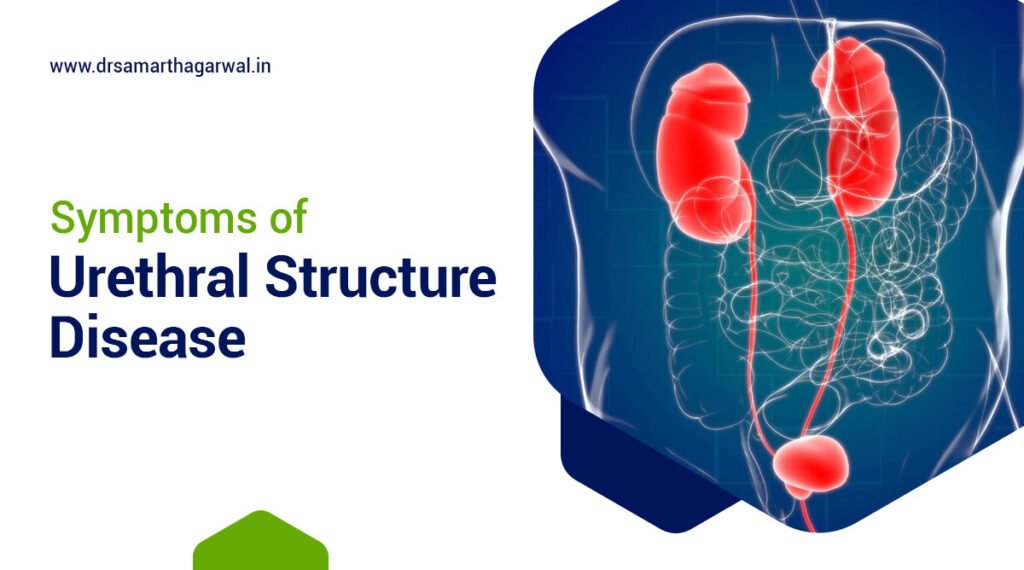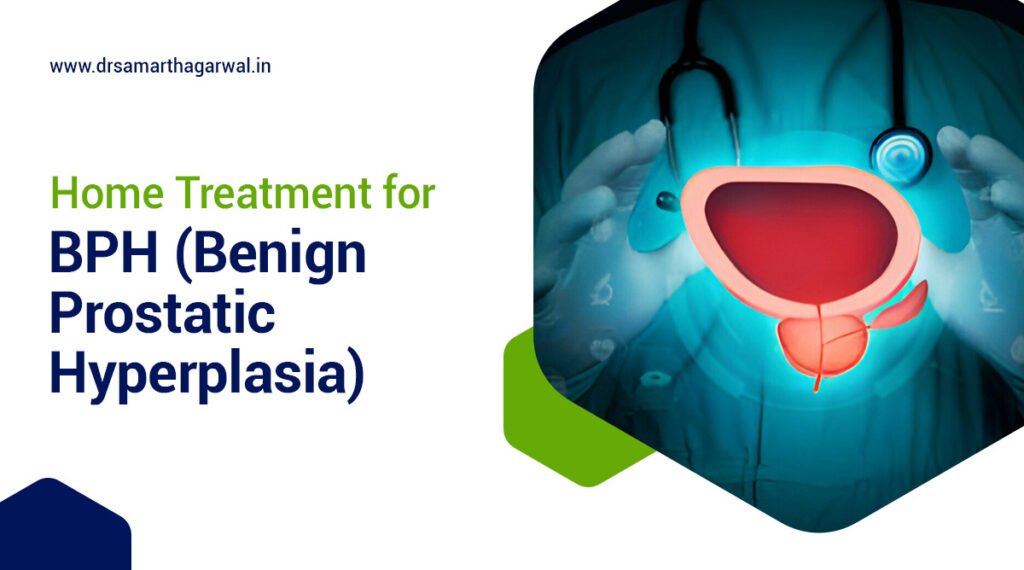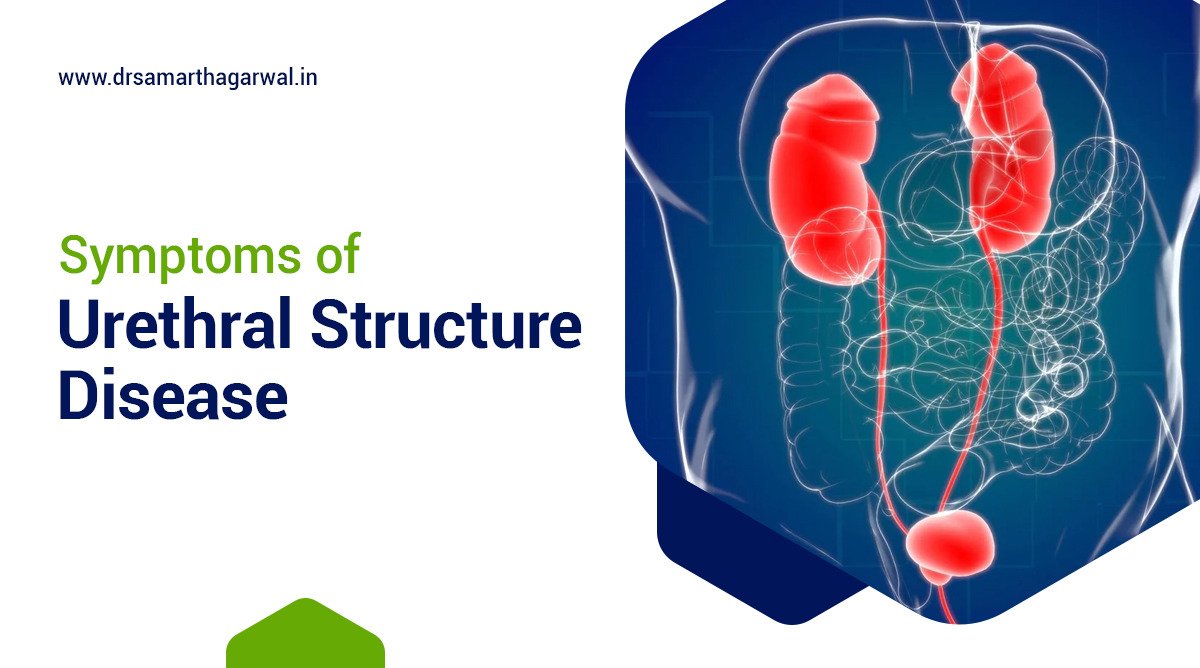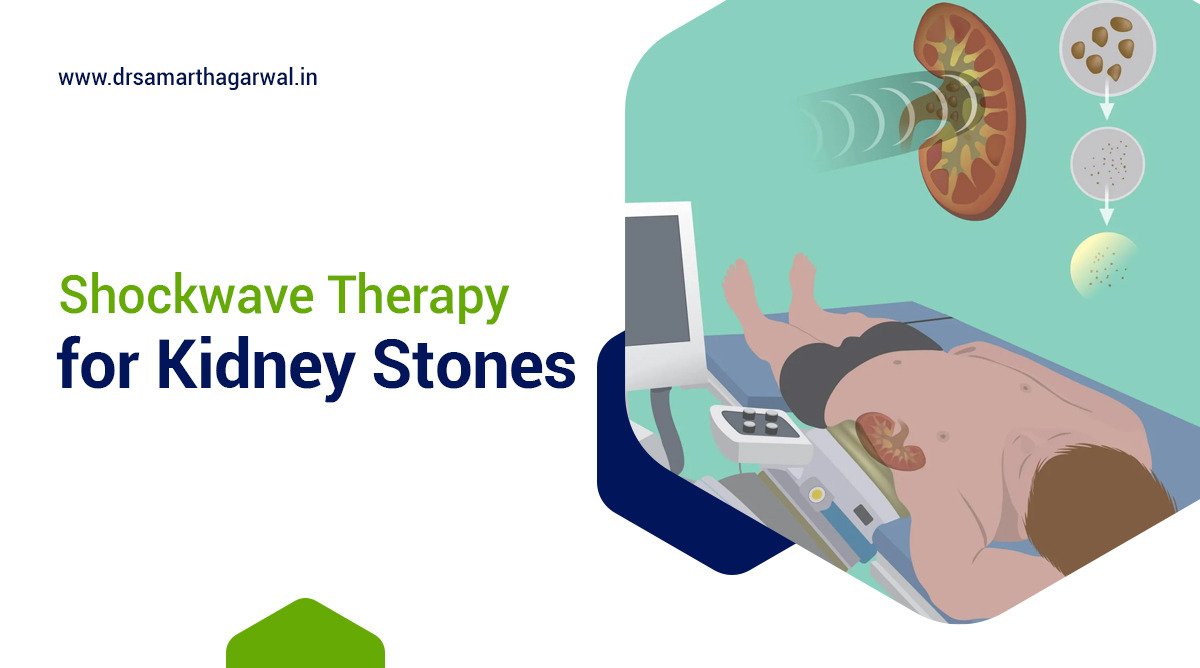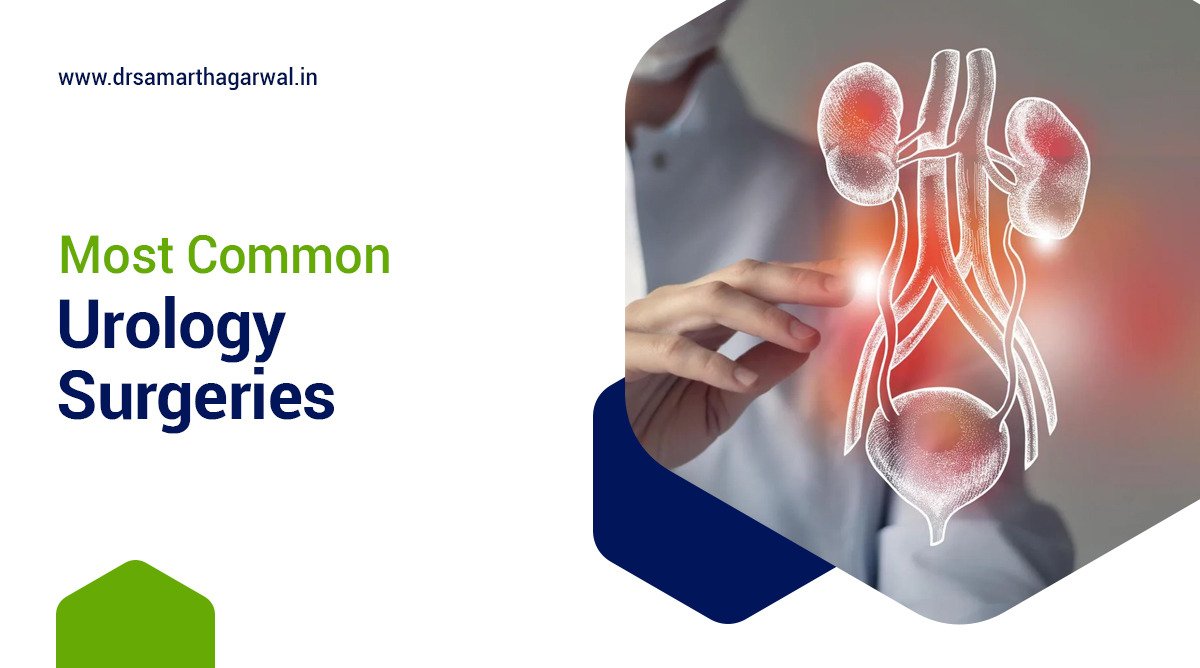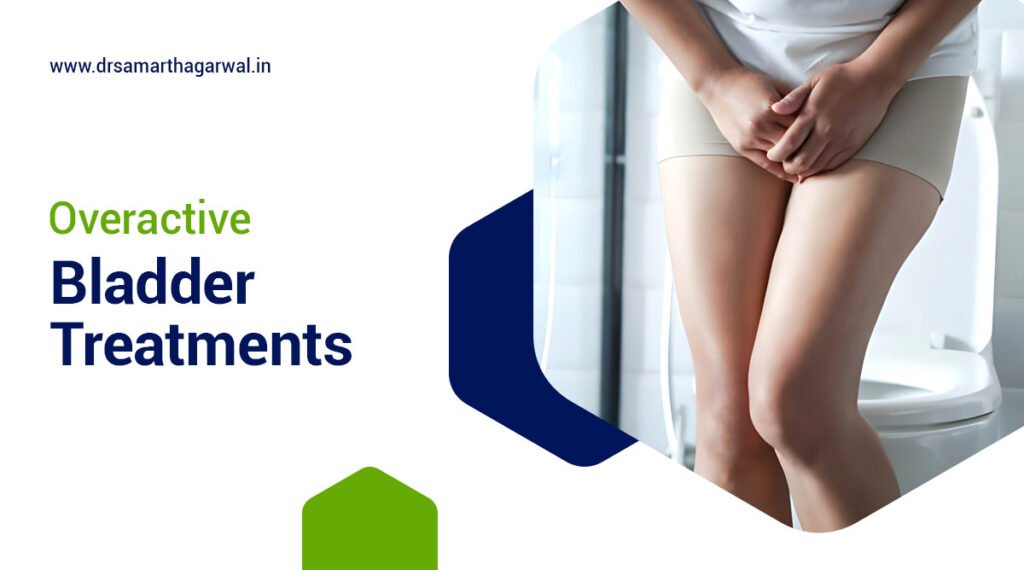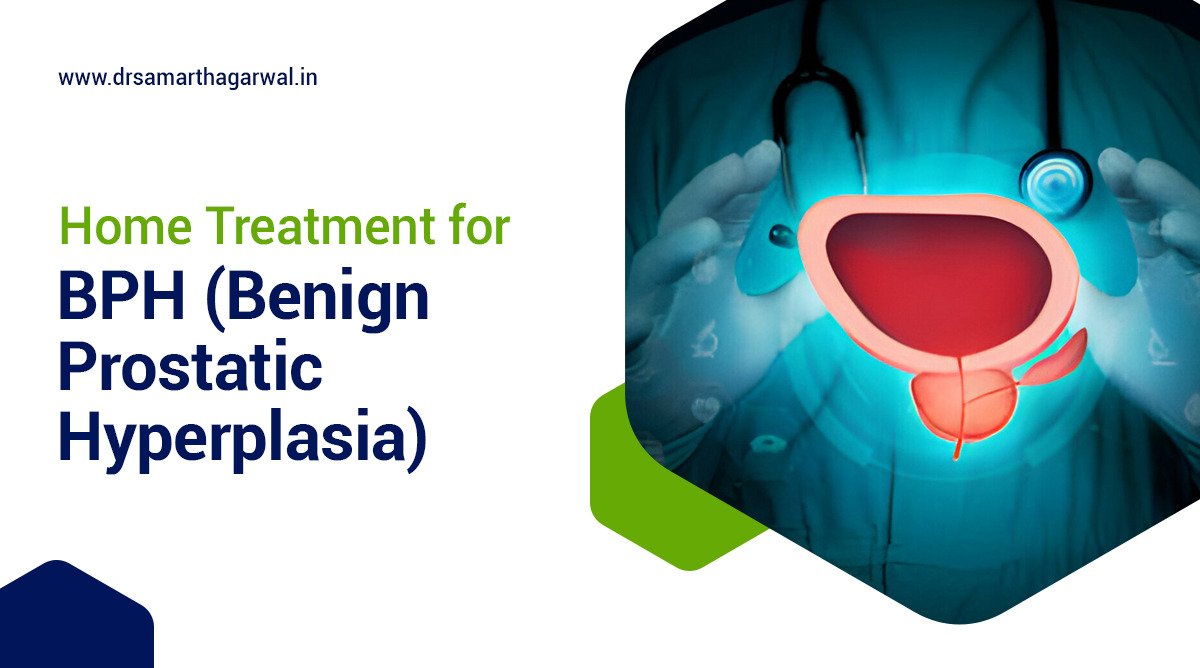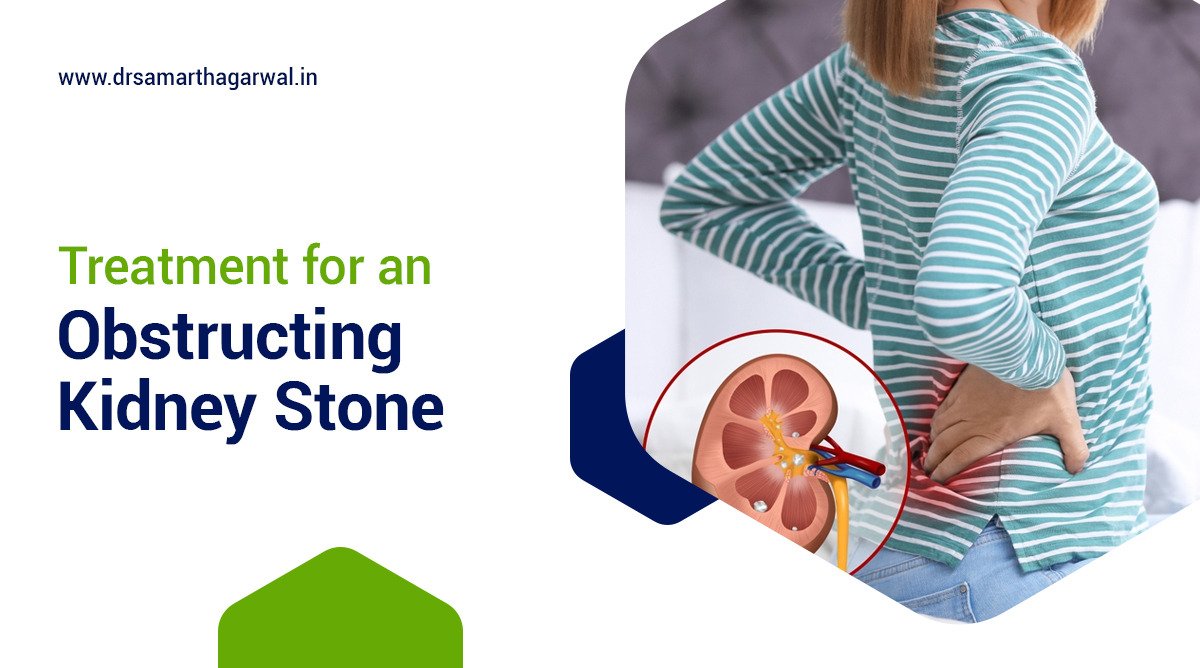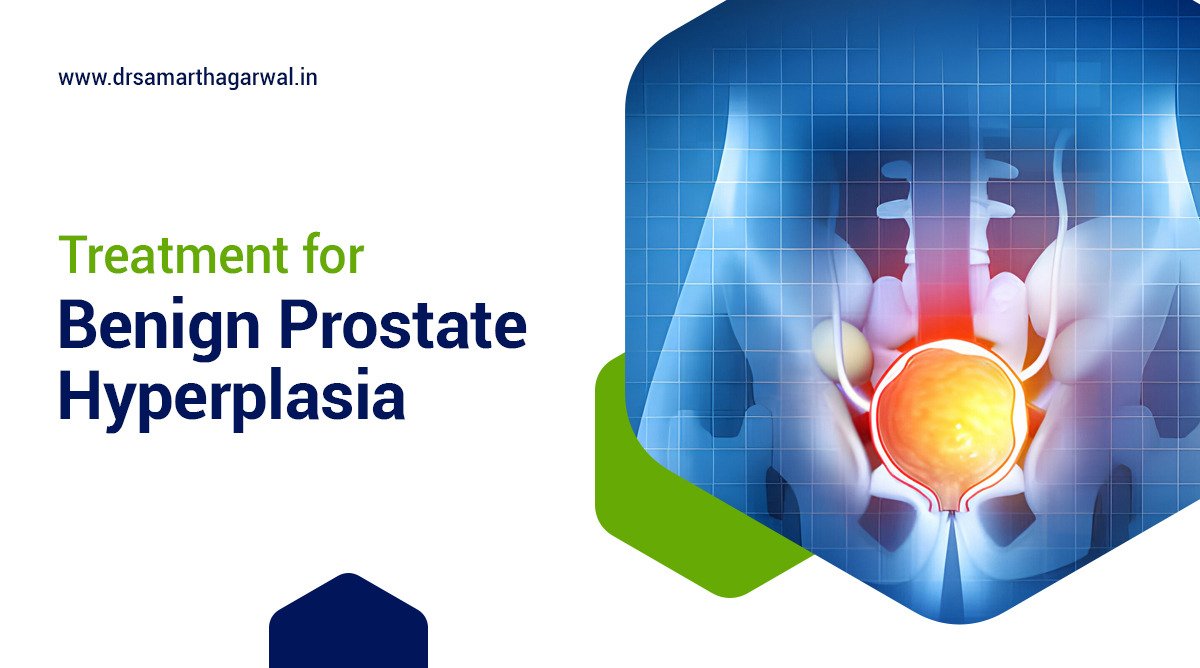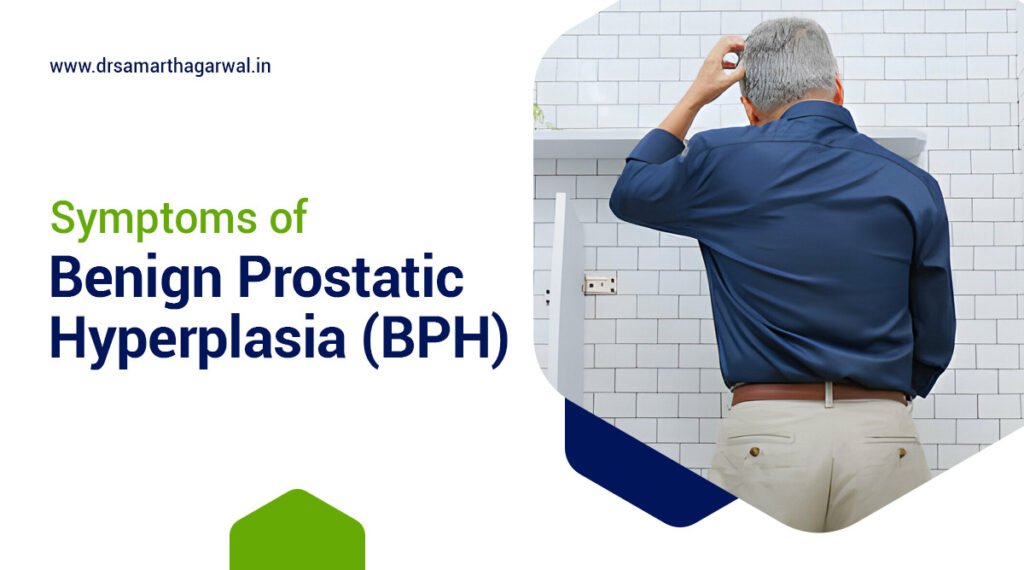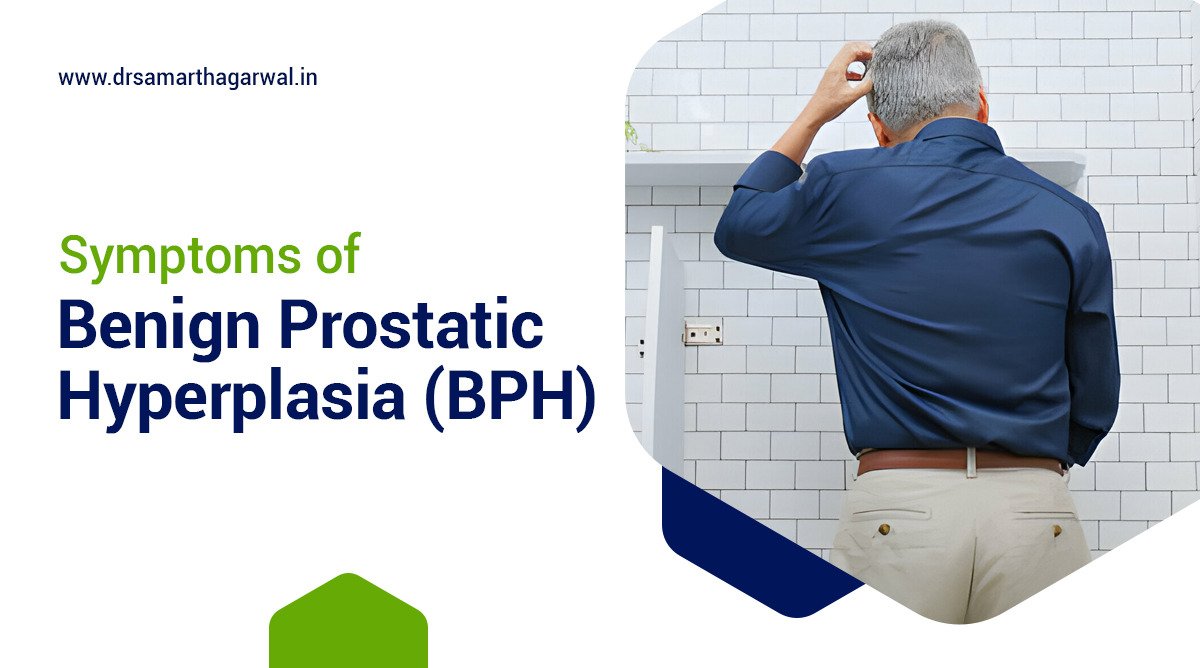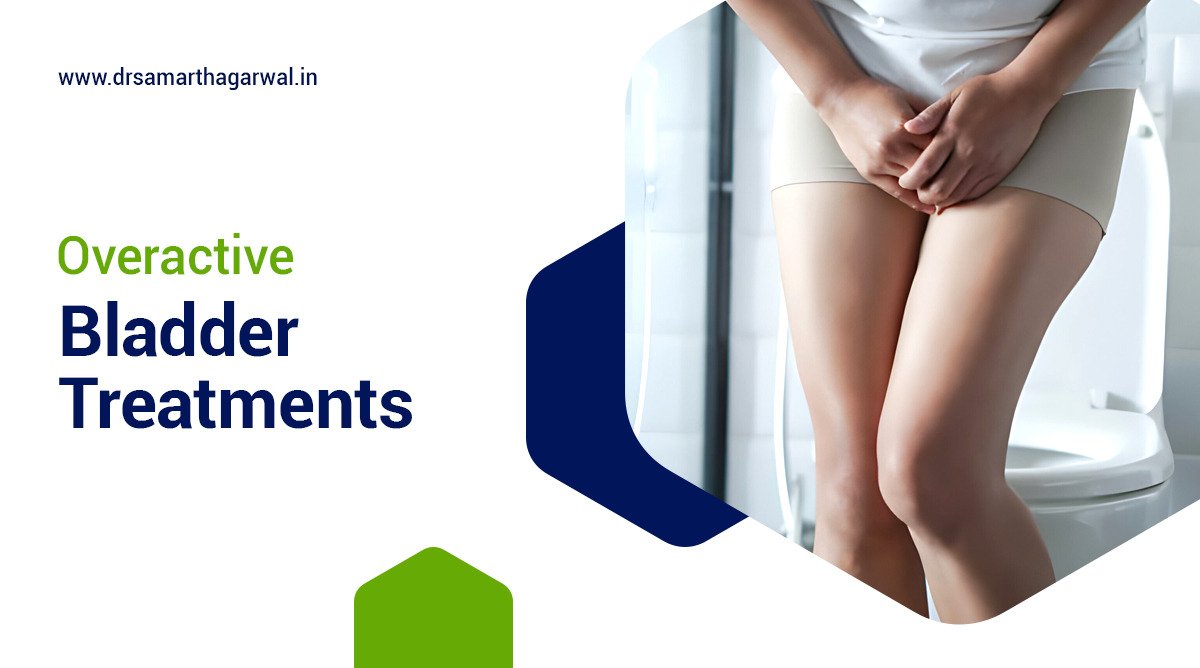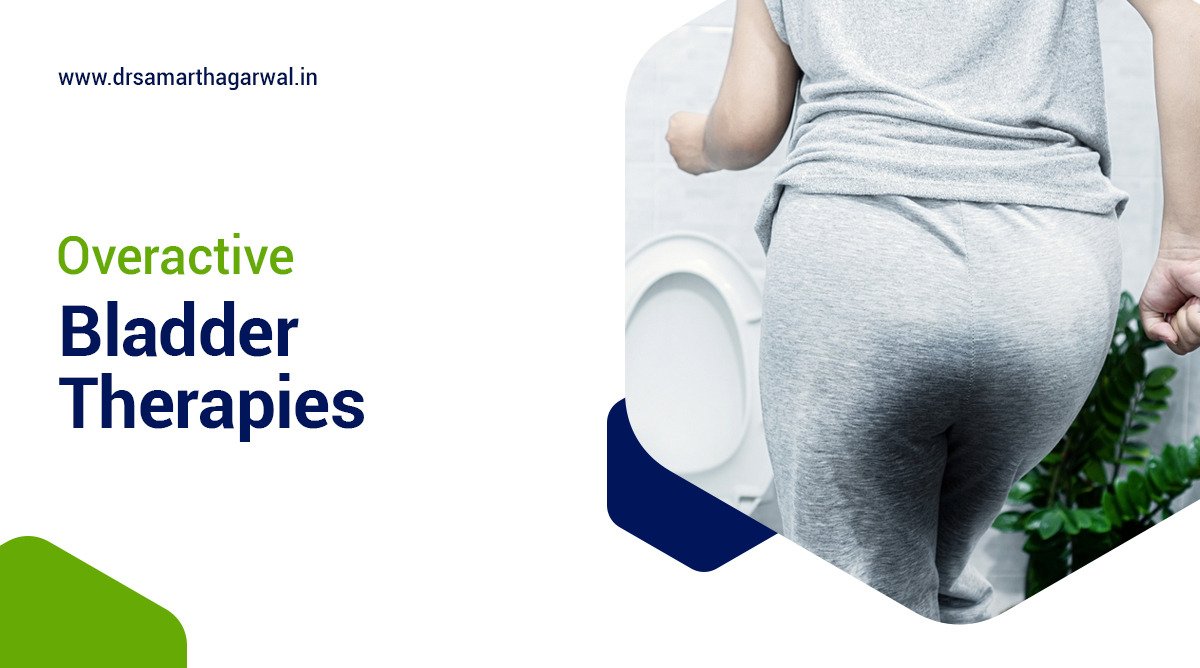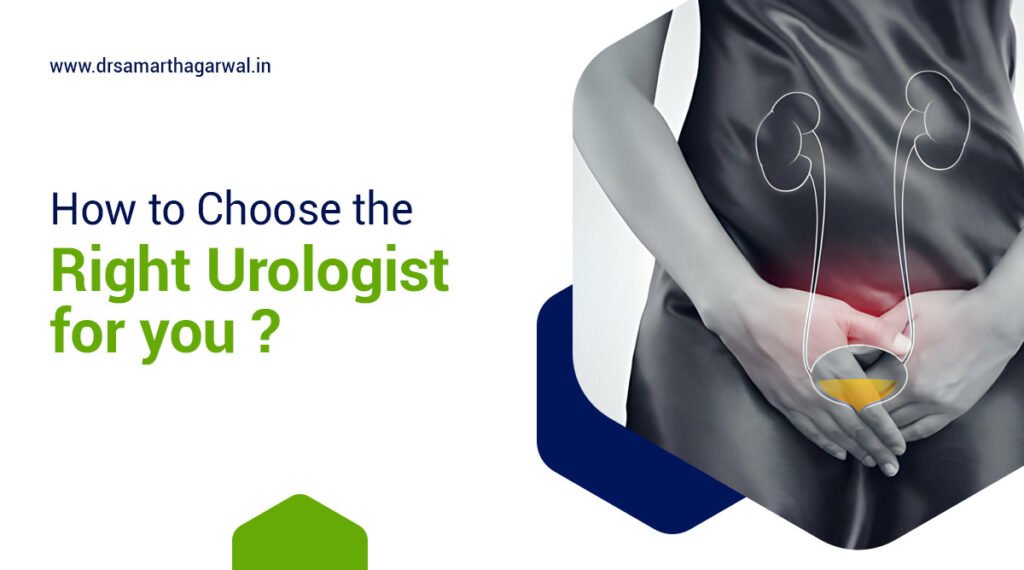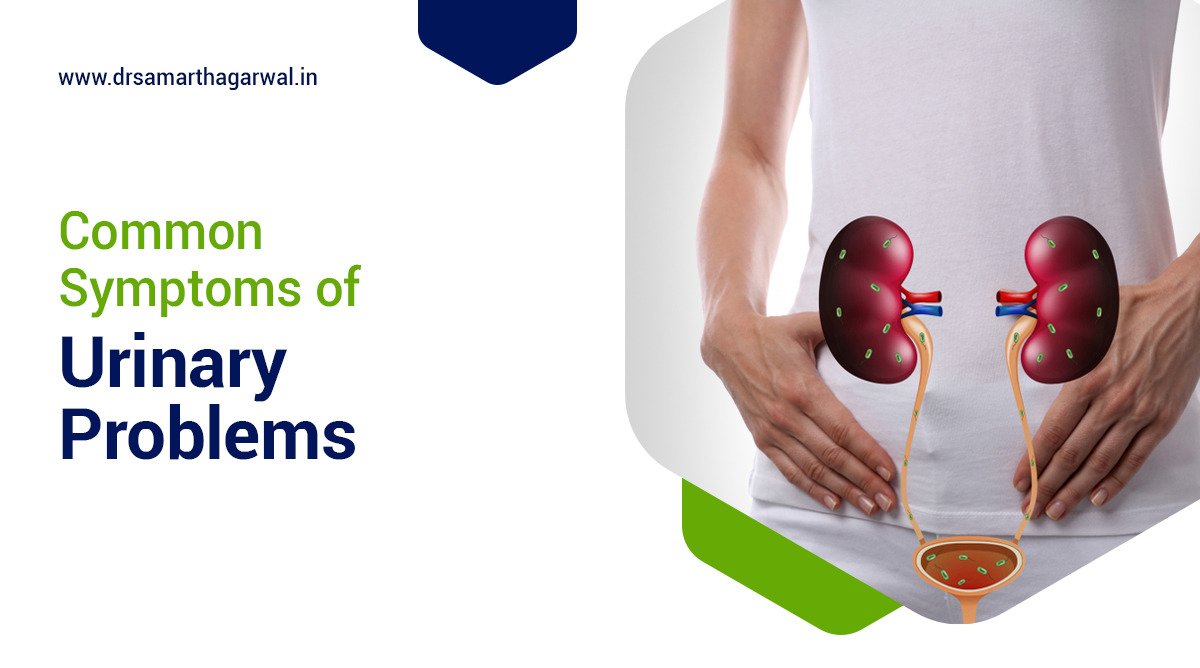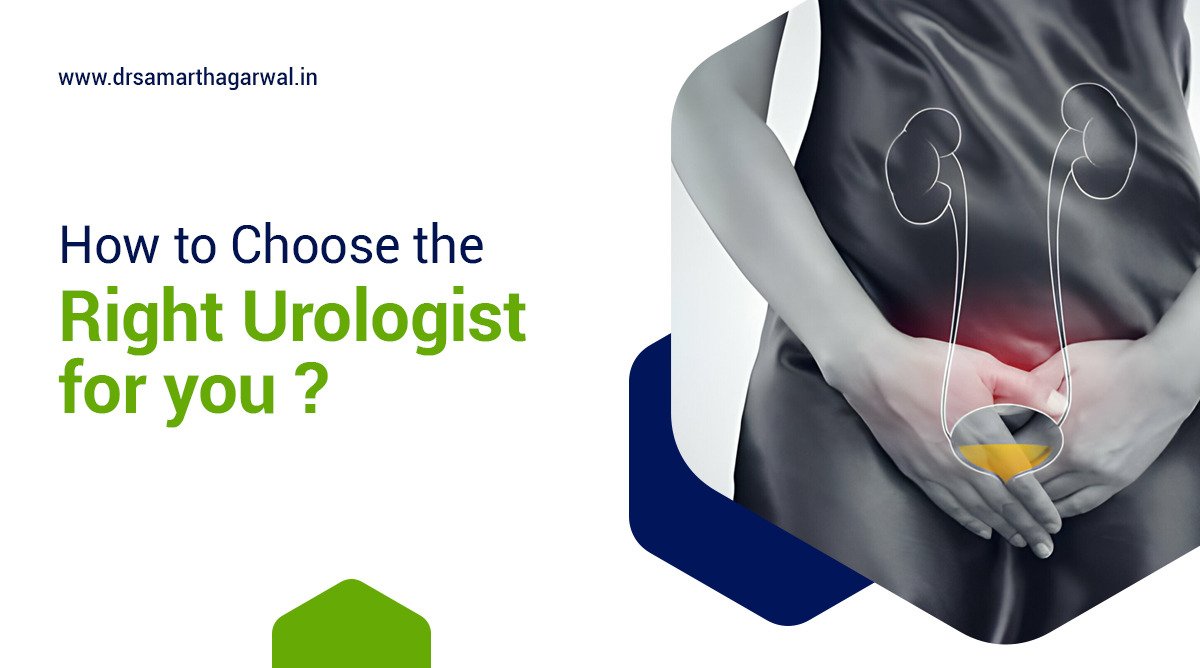Treatment for overactive bladder in males often involves a combination of therapeutic approaches aimed at alleviating symptoms and improving quality of life. Overactive bladder (OAB) is a condition characterized by a sudden and uncontrollable urge to urinate, often accompanied by frequency and nocturia. Behavioral interventions, such as bladder training and pelvic floor exercises, are commonly recommended as initial treatments for managing OAB symptoms in men. These approaches aim to enhance bladder control and reduce urinary urgency and frequency through structured routines and exercises. Additionally, medical therapies, including pharmacological treatments, may be prescribed to alleviate OAB symptoms in men.
Symptoms of overactive bladder in males typically manifest as a sudden and urgent need to urinate, often resulting in frequent trips to the bathroom throughout the day and night. Other common symptoms include urinary incontinence, nocturia (waking up multiple times during the night to urinate), and a feeling of incomplete emptying of the bladder after urination. These symptoms can significantly impact daily activities and quality of life, leading to frustration and embarrassment for affected individuals.
The causes of overactive bladder in males can vary and may include factors such as age-related changes in bladder function, neurological conditions, prostate problems, urinary tract infections, and certain medications. Research studies, such as those conducted by Kaplan et al., have highlighted the effectiveness of medical therapies, such as solifenacin and mirabegron, in providing symptom relief for men with overactive bladder.
What is the first line of treatment for overactive bladder in males?
The first line of treatment for overactive bladder in males typically involves behavioral therapies, which aim to manage symptoms without causing side effects. These therapies often include pelvic floor muscle exercises, known as Kegel exercises, to strengthen the muscles supporting the bladder and improve bladder control. Additionally, lifestyle modifications such as limiting fluid intake and avoiding bladder irritants may help alleviate symptoms.
Behavioral therapies are considered effective initial interventions for overactive bladder in males, as they address the underlying mechanisms contributing to urinary urgency and frequency. These therapies focus on retraining the bladder and improving urinary habits through structured routines and exercises. By incorporating behavioral modifications, such as scheduled voiding and bladder training, men with overactive bladder can experience improved bladder function and reduced symptom severity.
In conjunction with behavioral therapies, medical management may also be recommended to further control overactive bladder symptoms. Medications that relax the bladder, such as anticholinergic agents like oxybutynin and tolterodine, are commonly prescribed to reduce episodes of urinary urgency and urge incontinence. Additionally, newer medications like mirabegron may be utilized to help relieve symptoms by targeting bladder function.
What are the treatment options for male overactive bladder (OAB)?
Treatment options for male overactive bladder (OAB) include lifestyle modifications, such as fluid management and scheduled voiding, medication like antimuscarinics and beta-3 adrenergic agonists, and in some cases, minimally invasive procedures like botox injections or neuromodulation.
According to Burgio, Kathryn L. et al’s 2020 study ‘Effectiveness of Combined Behavioral and Drug Therapy for Overactive Bladder Symptoms in Men’, overactive bladder symptoms affect between 12% and 17% of community-dwelling adults and increase in prevalence with age in both men and women. The study demonstrates that combining behavioral and drug therapies significantly improves outcomes compared to each therapy alone, with fewer adverse effects reported in the behavioral therapy group.
Behavioral Therapy
Behavioral therapy is a preferred method for managing overactive bladder in males, offering effective symptom relief with minimal side effects.
Overactive bladder (OAB) symptoms, such as urgency, frequent urination, urge incontinence, and nocturia, can significantly impact men’s quality of life. While drug therapies like α-adrenergic receptor antagonists and antimuscarinic agents are commonly used, behavioral therapies have emerged as valuable alternatives or complementary approaches.
In a paper titled “Behavioral therapy for overactive bladder” published in Urology in May 2000, the author Mattiasson A. discusses the effectiveness of behavioral therapy for overactive bladder (OAB). The paper highlights the lack of consensus in the literature regarding the definition and optimal delivery mode of behavioral therapy for OAB. However, it emphasizes that behavioral therapy is possibly the “best” single treatment for urinary incontinence when viewed from a risk:benefit analysis.
Additionally, patients receiving combined therapy often report higher levels of satisfaction and fewer adverse effects compared to those undergoing drug therapy alone. Notably, behavioral therapy may allow for the use of lower medication doses, reducing the risk of side effects like dry mouth and constipation. Despite the efficacy of combined therapy, many clinicians do not routinely integrate behavioral components into standard OAB treatment protocols.
However, optimizing treatment for OAB symptoms in men may involve incorporating behavioral therapy as a fundamental aspect of care. By addressing both the physiological and behavioral aspects of OAB, healthcare providers can tailor treatment plans to better meet individual patient needs, potentially improving treatment outcomes and enhancing quality of life for men living with OAB.
Bladder training
If you have male bladder overactive bladder (OAB), you could do bladder training to improve your bladder control and management. Bladder training involves learning to reduce urination frequency, increasing urine holding capacity, and managing the urge to urinate, all of which can be effective in managing OAB symptoms.
ladder training involves consciously focusing on urination and urine holding capacity to improve bladder control. The process typically involves the following steps:
- Reducing urination frequency by emptying your bladder less frequently, which will potentially reduce the amount of urine you produce and ultimately reduce urinary urgency.
- Increasing urine holding capacity by using contracts and breathing techniques to train your bladder to hold more urine for extended periods, gradually increasing the time between urinations.
- Taking steps to manage the urge to urinate, including using relaxation techniques, deep breathing, distraction, or tension methods.
These strategies can help individuals with OAB manage their symptoms and regain control over their bladder. Over time, the individual can work to gradually reduce urinary urgency and frequency, and ultimately sustain bladder control for extended periods.
Pelvic floor muscle therapy (PFMT)
Pelvic floor muscle therapy (PFMT) is a specialized form of physical therapy aimed at managing overactive bladder (OAB) symptoms in males. Through coordinated exercises, such as Kegels, PFMT helps strengthen and control the pelvic floor muscles responsible for regulating urination. PFMT involves assessing and targeting individual muscle needs, potentially aiding in improving conscious bladder control and reducing urinary urgency, frequency, and incontinence. Various exercises, including Kegels, abdominal workouts, glute exercises, and posture strengthening, are tailored to address specific muscle weaknesses and improve overall pelvic floor function.
Additionally, biofeedback techniques can assist individuals in correctly identifying and engaging pelvic floor muscles. Research suggests that PFMT is effective in alleviating symptoms associated with OAB, offering a conservative yet promising treatment approach for male patients. Furthermore, studies highlight the potential of PFMT to complement other OAB treatment modalities and even prevent bladder symptoms.
Overall, PFMT holds promise as a non-invasive, evidence-based intervention for managing male overactive bladder, emphasizing the importance of targeted exercises in enhancing pelvic floor muscle function and urinary control.
Biofeedback-assisted therapy
Biofeedback-assisted therapy for male overactive bladder involves utilizing biofeedback, a type of assisted behavioral therapy, to help individuals gain awareness and control over their bladder function and associated muscles. This therapy, often used as a first-line defense, can significantly improve bladder control, with studies showing reductions in overactivity by as much as 94%. Additionally, other treatment options such as bladder Botox injections may be recommended for those with overactive bladders.
Electrical stimulation
Electrical stimulation therapy for male overactive bladder involves using a mild electric current to treat the condition and alleviate the strong urge to urinate. This therapy aims to provide better control over the bladder muscles, particularly when other treatments like medication and lifestyle changes haven’t been effective.
The therapy can be administered through various methods, including sacral nerve stimulation (SNS), transcutaneous electrical nerve stimulation (TENS), and eCoin Tibial Neurostimulator. SNS requires surgery to implant a pacemaker-like device near the sacral nerve roots, while TENS involves placing thin wires either inside the vagina or in the anal area to deliver electrical pulses to strengthen bladder muscles. Additionally, eCoin Tibial Neurostimulator is a battery-powered device implanted near the ankle to stimulate the tibial nerve.
While electrical stimulation therapy may offer benefits in controlling overactive bladder symptoms, it’s essential to discuss with healthcare providers about the most suitable treatment option, potential side effects, and alternative options if the therapy proves ineffective. Further research and consultation with medical professionals can provide insights into personalized treatment plans for managing male overactive bladder effectively.
Pharmacologic Therapy
Pharmacologic therapy for male overactive bladder typically involves the use of medications that relax the bladder muscle, such as Fesoterodine and Mirabegron. These drugs help alleviate symptoms like urinary urgency, frequency, and incontinence by inhibiting abnormal contractions of the bladder detrusor muscle stimulated by certain muscarinic receptors.
In addition to pharmacotherapy, behavioral therapies like bladder training are often recommended as the first-line approach for managing overactive bladder in males, as they can effectively reduce symptoms without significant side effects. Alternative treatments such as acupuncture and biofeedback may also be considered. However, it’s essential to note that complementary or alternative therapies have not been proven to treat overactive bladder effectively.
For those seeking medical intervention, it’s crucial to consult with a healthcare provider to determine the most suitable treatment plan, considering factors such as individual symptoms, medical history, and medication tolerance. Lifestyle modifications, including managing fluid intake and using absorbent pads, can complement pharmacological interventions to improve overall bladder control.
While pharmacotherapy plays a vital role in managing overactive bladder, it’s essential to recognize potential sex differences in pharmacokinetics and pharmacodynamics, which may influence treatment outcomes. Further research is needed to better understand these differences and tailor treatment strategies accordingly.
Anticholinergics
Anticholinergic medications, such as oxybutynin, tolterodine, darifenacin, solifenacin, trospium, and fesoterodine, are commonly prescribed for male overactive bladder. These drugs work by blocking the action of acetylcholine, reducing bladder contractions and the urgency to urinate. While they may take several weeks to show full effect, they can alleviate symptoms of overactive bladder, though common side effects like dry mouth and constipation should be monitored. It’s essential for healthcare providers to consider individual patient factors and potential drug interactions when prescribing anticholinergics for male overactive bladder, ensuring the most effective and safest treatment approach.
Beta3-receptor agonists
Beta3-receptor agonists, such as mirabegron, function by selectively binding to beta-3 adrenergic receptors in the bladder, leading to relaxation of the bladder during the storage phase of micturition. This mechanism involves the activation of adenylyl cyclase and the subsequent formation of cyclic adenosine monophosphate (cAMP), resulting in detrusor muscle relaxation.
Clinical studies have shown the efficacy and safety of beta3-agonists like Mirabegron in the treatment of overactive bladder (OAB) in both males and females. Trials have demonstrated reductions in the mean number of micturitions per 24 hours and improvements in secondary endpoints such as volume voided per micturition and urgency episodes.
Moreover, beta3-agonists have been found to provide better efficacy than placebo and similar efficacy to anticholinergics, with a favorable safety profile and tolerability. While mirabegron has been studied more extensively in female populations, recent research has shown its effectiveness and safety in males with lower urinary tract symptoms (LUTS) secondary to benign prostatic hyperplasia (BPH).
Overall, beta3-agonists represent a valuable addition to the pharmacological treatment of OAB, offering an alternative to anticholinergics and potential combination therapy options for individuals who do not respond adequately to monotherapy.
Botulinum toxins
Botulinum toxin A (BoNT-A) injections have emerged as a promising treatment for overactive bladder (OAB) and urinary urgency incontinence (UUI) in males. By blocking the release of acetylcholine at the synaptic junction, BoNT-A induces flaccid paralysis, effectively inhibiting detrusor muscle contractions and reducing urgency and incontinence episodes.
Botulinum toxin injections into the bladder have shown efficacy in reducing urgency and urinary incontinence in males with OAB. Research suggests that BoNT-A temporarily inhibits detrusor muscle contraction by blocking acetylcholine release from nerve endings, offering a minimally invasive alternative for severe OAB symptoms. However, further studies are needed to comprehensively evaluate the risk-benefit profile of BoNT-A in the male population, as limited evidence currently exists regarding its efficacy and safety for male OAB.
What is the best treatment for overactive bladder in men?
Behavioral therapies, such as bladder training and pelvic floor exercises, are usually recommended as the first line of treatment due to their effectiveness and minimal side effects. Additionally, medications like anticholinergics or beta-3 adrenergic agonists may be prescribed to help relax the bladder muscles and reduce symptoms.
What are the Causes of overactive bladder in men?
The causes of overactive bladder in men can vary, with factors such as an enlarged prostate, urinary tract infections, hormonal changes during menopause, and neurological conditions like Parkinson’s disease or strokes contributing to its development. Additionally, lifestyle factors such as excessive caffeine or alcohol consumption and not emptying the bladder completely can exacerbate symptoms. It’s important to address these underlying causes through lifestyle modifications, medical treatments, and, in some cases, surgical interventions to effectively manage overactive bladder and improve quality of life. Consultation with a healthcare provider is crucial for accurate diagnosis and personalized treatment planning.
Natural Treatment for Overactive Bladder for Males?
There are only few natural treatments for OB for males that could work. Here are they:
Consider herbal extracts like Gosha-jinki-gan, Ganoderma lucidum, pumpkin seed extract, and saw palmetto to alleviate symptoms.
Also According to Chughtai, Bilal et al.’s 2013 study “Use of Herbal Supplements for Overactive Bladder” published by the National Institutes of Health, several herbal treatments, including gosha-jinki-gan, hachi-mi-jio-gan, buchu, cornsilk, cleavers, and horsetail, show promise for treating overactive bladder (OAB). However, definitive studies are lacking to prove their efficacy.
According to a study published in Hinyokika Kiyo in 2007 by Ogushi, Tetsuo, Gosha-jinki-gan (GJG), a traditional Chinese medicine, demonstrated potential effectiveness for urinary disturbance. The study administered GJG to elderly male patients with overactive bladder (OAB) symptoms for 6 weeks and assessed its efficacy and tolerability. After treatment, significant improvements were observed in various parameters, suggesting that Gosha-jinki-gan may be a new potential therapeutic agent for OAB in men without deterioration of voiding function.
Also explore lifestyle modifications such as pelvic floor exercises, Kegel exercises, and dietary changes including magnesium-rich foods like bananas, kale, cashews, and pumpkin seeds.
What calms down an overactive bladder?
To calm down an overactive bladder, it’s recommended to limit foods and drinks that might irritate the bladder, such as caffeine, alcohol, tea, carbonated drinks, citrus juice and fruit, chocolate, spicy foods, and tomatoes. Cutting back on these items could help alleviate symptoms.
How common is an overactive bladder?
An overactive bladder (OAB) is a prevalent urologic condition, affecting approximately 33 million individuals annually in the United States alone. However, this figure may be underestimated due to underreporting, as many people feel embarrassed discussing their symptoms with healthcare providers. OAB can significantly disrupt daily life, leading to frequent urination, sudden urges to urinate, and even incontinence. While common causes include neurological disorders, diabetes, and urinary tract infections, lifestyle factors such as high fluid intake and hormonal changes can also contribute to OAB. Fortunately, various treatment options, including pelvic floor exercises, bladder training, medications, and surgical interventions, are available to manage OAB and improve patients’ quality of life.



